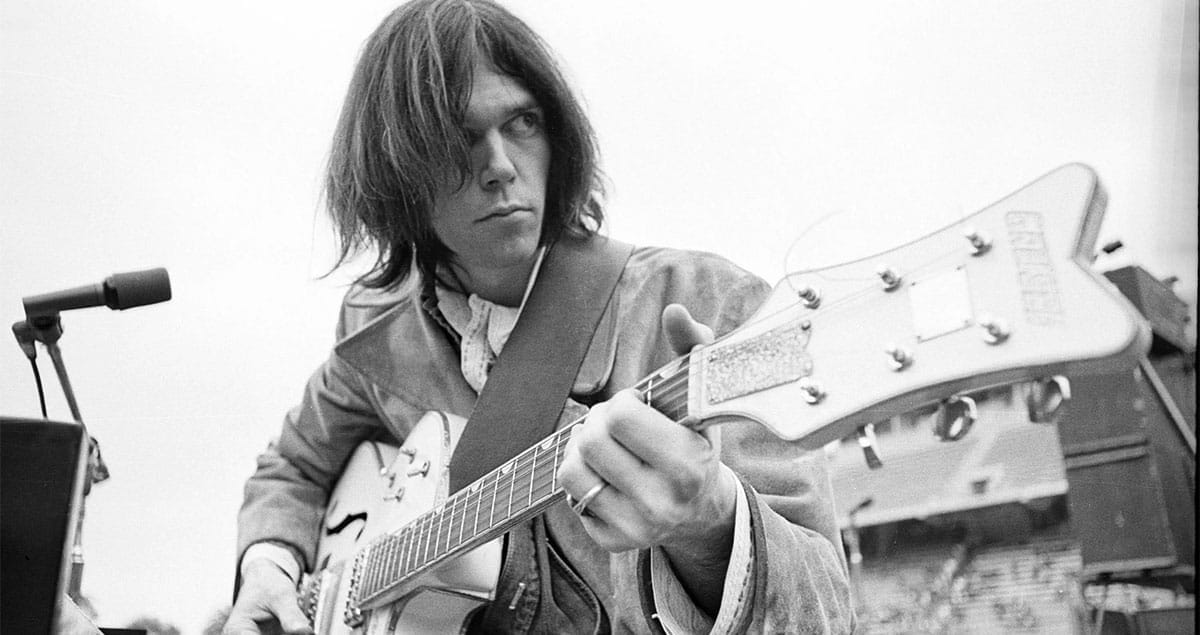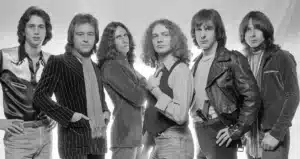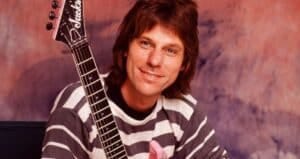Neil Young: The Relentless Voice of Rock, Folk, and Protest
Neil Young. Introduction
Neil Young is one of the most influential and uncompromising figures in rock and folk music history. With a career spanning over five decades, he has embraced and defied genres, pioneered new soundscapes, and never shied away from expressing his political and personal convictions. Whether solo or with collaborators like Crazy Horse, Buffalo Springfield, or Crosby, Stills, Nash & Young, Neil Young has remained a compelling and restless spirit in modern music.
Neil Young. Early Life and Musical Roots
Childhood and Beginnings in Canada
Neil Percival Young was born on November 12, 1945, in Toronto, Ontario, Canada. The son of journalist and sportswriter Scott Young, Neil showed an early interest in music, learning the ukulele and guitar in his teens. After his parents divorced, he moved to Winnipeg with his mother—a city that would become a formative place in his early musical development.
The Squires and Early Ambitions
Young’s first band, The Squires, gained some local popularity playing surf-style instrumentals. But his hunger for songwriting and experimentation soon pushed him toward folk and rock influences, especially Bob Dylan, The Beatles, and rockabilly legends like Elvis Presley.

Breaking Through: Buffalo Springfield and CSNY
Buffalo Springfield (1966–1968)
In 1966, Young co-founded Buffalo Springfield with Stephen Stills. Their blend of folk, rock, and political commentary made them a short-lived but iconic band. Songs like “Mr. Soul” and “Expecting to Fly” showed Young’s emerging style—moody, introspective, and musically adventurous.
The band’s most famous song, “For What It’s Worth” (written by Stills), became an anthem of the 1960s counterculture, though tensions between members led to their dissolution by 1968.
Crosby, Stills, Nash & Young
After establishing himself as a solo artist, Young reunited with Stills alongside David Crosby and Graham Nash in CSNY. Their 1970 album “Déjà Vu” featured Young’s politically charged “Ohio”, a response to the Kent State shootings. It remains one of the most poignant protest songs in American history.
The Golden Era: Solo Success in the 1970s
After the Gold Rush (1970)
Neil Young’s third solo album, “After the Gold Rush,” cemented his status as a major solo artist. The title track, along with “Only Love Can Break Your Heart”, displayed his gift for emotional vulnerability wrapped in poetic lyricism.
Harvest (1972) and Mainstream Fame
Young’s most commercially successful album, “Harvest”, reached #1 in the U.S. and UK. It included classics like “Heart of Gold”, “Old Man”, and “The Needle and the Damage Done”. The album’s introspective lyrics and country-tinged production made it accessible yet deeply personal.

The Ditch Trilogy
Despite the success of Harvest, Young grew uncomfortable with his mainstream popularity. What followed were three darker, less polished albums known as the “Ditch Trilogy”:
- Time Fades Away (1973)
- On the Beach (1974)
- Tonight’s the Night (1975)
These records tackled themes of death, addiction, and disillusionment, particularly influenced by the heroin-related deaths of Crazy Horse guitarist Danny Whitten and roadie Bruce Berry.
Crazy Horse and the Hard Rock Years
Rust Never Sleeps (1979)
With Crazy Horse, Young unleashed his harder rock edge. “Rust Never Sleeps” balanced acoustic tracks like “My My, Hey Hey (Out of the Blue)” with the distorted fury of “Hey Hey, My My (Into the Black)”. The album became a touchstone for the grunge movement, influencing bands like Nirvana and Pearl Jam.
Live Rust and Rock Theater
Young’s live performances became legendary for their unpredictability. His concerts with Crazy Horse could veer from soft acoustic ballads to heavy, feedback-drenched jams. Albums like Live Rust (1979) captured this duality perfectly.
The 1980s: Experimentation and Conflicts
Genre Hopping and Label Disputes
In the 1980s, Neil Young confounded critics and fans by releasing a string of experimental albums:
- Trans (1982) – electronic and vocoder-heavy
- Everybody’s Rockin’ (1983) – rockabilly tribute
- Landing on Water (1986) – synth-pop production
His erratic output led to a lawsuit by Geffen Records, accusing him of producing “unrepresentative” music. Young defended his artistic freedom and eventually returned to form.
Return to Form
By the late 1980s, Young was back with albums like Freedom (1989), which included “Rockin’ in the Free World”, a fiery anthem of political and social critique that revitalized his reputation.
The Godfather of Grunge
Influence on a New Generation
Neil Young’s raw, distorted guitar style and uncompromising lyrics made him a key influence on 1990s grunge bands. Kurt Cobain famously quoted Young’s lyrics in his suicide note: “It’s better to burn out than to fade away.”
Collaborations with Pearl Jam
In 1995, Young collaborated with Pearl Jam on the album “Mirror Ball”, further solidifying his bond with the younger generation of alternative rockers. Despite being recorded quickly, the album captured a spontaneous, garage-rock energy.
Activism and Personal Convictions
Environmentalism and Farming
Young co-founded Farm Aid in 1985 with Willie Nelson and John Mellencamp to support struggling family farmers. He has remained a passionate environmentalist, advocating for sustainable farming, clean energy, and anti-GMO policies.
Political Music
Songs like “Southern Man” and “Rockin’ in the Free World” reflect Young’s lifelong engagement with racial and economic justice. In the 2000s, he released anti-war albums like “Living with War” (2006), criticizing U.S. foreign policy under George W. Bush.
Personal Life and Health Challenges
Family and Children
Neil Young has been married twice and has three children, two of whom have cerebral palsy. His experience raising children with disabilities inspired his commitment to special needs advocacy.
Health and Resilience
Young has battled epilepsy, suffered a brain aneurysm, and survived various health scares. Despite these challenges, he continues to tour, record, and create art across disciplines, including film and literature.
Legacy and Continuing Relevance
Archives and Digital Activism
In 2017, Young launched the Neil Young Archives, an online portal for his entire catalog, bootlegs, and rare recordings. It reflects his long-standing disdain for low-quality digital formats and corporate streaming models.
Still Going Strong
In recent years, Young has released albums like “Colorado” (2019) and “Barn” (2021) with Crazy Horse, proving his creative fire remains intact. He continues to use his platform to speak out on climate change, politics, and the music industry.
H6: Essential Albums to Explore
- Everybody Knows This Is Nowhere (1969)
- After the Gold Rush (1970)
- Harvest (1972)
- On the Beach (1974)
- Rust Never Sleeps (1979)
- Freedom (1989)
- Ragged Glory (1990)
- Psychedelic Pill (2012)
Conclusion
Neil Young’s career is a testament to artistic integrity, emotional honesty, and unwavering activism. From tender acoustic ballads to roaring guitar anthems, from protest songs to personal laments, he has traversed nearly every corner of rock and folk music. Through reinvention, rebellion, and resilience, Neil Young remains a towering figure whose voice still matters—perhaps more than ever.





